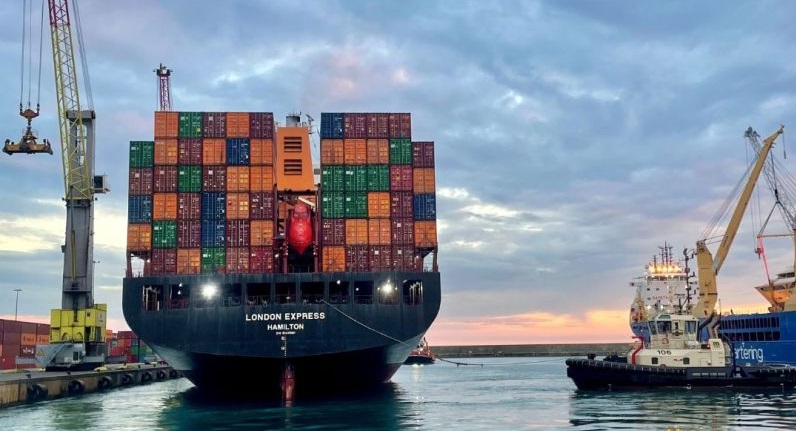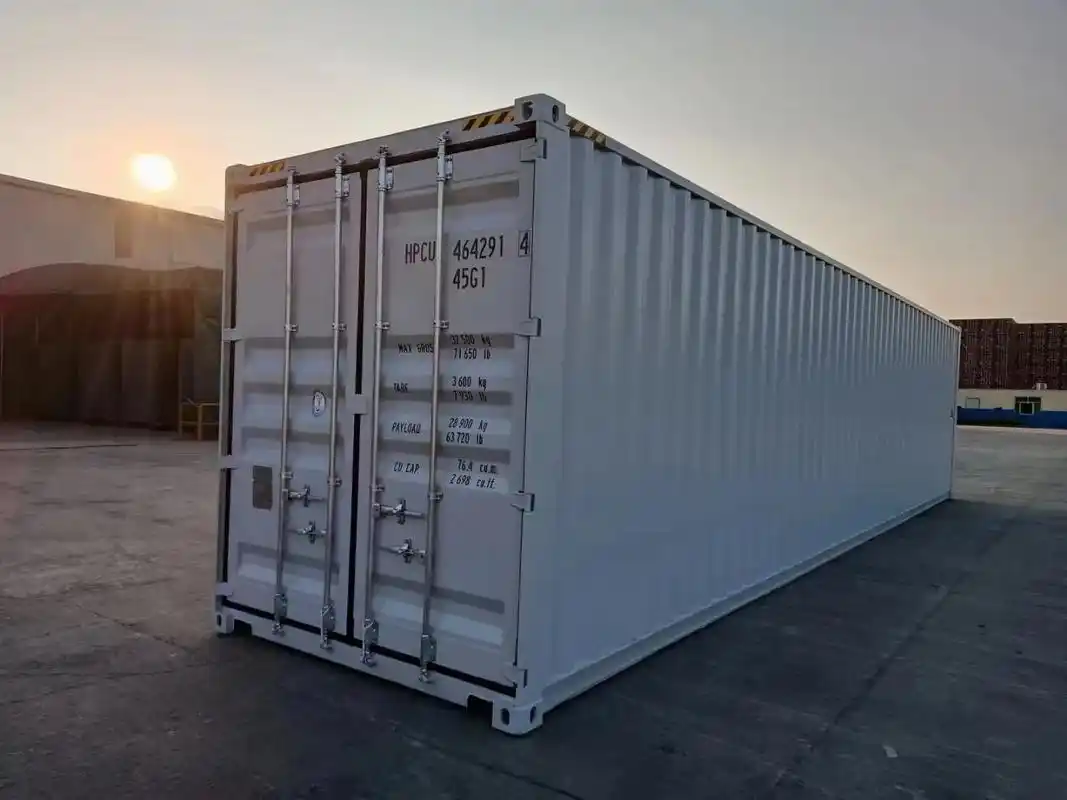The Ultimate Guide to Understanding Length, Width, and Height
Embark on a comprehensive journey through the Essentials of International Freight Forwarding, where we will demystify the critical dimensions of cargo packaging: length, width, and height. These core measurements are not only pivotal in everyday concepts like geometry and design but are indispensable in the realm of global cargo transportation. Join us as we define these terms, explore their significance in the logistics industry, and examine their practical usage in the world of international shipping.
Section 1: Decoding the Concept of Length in International Freight Forwarding
Here, we explore the significance of length in the context of international cargo transportation.
Defining Length in Logistics
In logistics, length is a fundamental measurement used to determine the size of cargo, containers, and shipping vessels.
Why Length Matters in International Freight Forwarding
Understanding length is critical for optimizing cargo space, ensuring compatibility with transportation modes, and calculating shipping costs.
Illustrations of Length in Logistics
Examples of length in international shipping include the measurement of container lengths (e.g., 20-foot or 40-foot containers), the overall length of cargo trucks, and the maximum length allowed for goods on a shipping vessel.
Through the following content, you can gain a more intuitive understanding of the importance of length in international logistics transportation: Analysis of Freight Costs for 20ft and 40ft Containers From China To Israel
Section 2: Unlocking the Mysteries of Width in International Shipping
This section delves into the relevance of width in the logistics industry.
What Is Width in Logistics?
Width in logistics refers to the measurement of cargo or transportation equipment from one side to the other, perpendicular to its length.
The Role of Width in International Freight Forwarding
Width is essential for determining if cargo will fit through shipping channels, on trailers, or within the dimensions of shipping containers.
Width in Practice for International Shippers
Examples of width in international shipping include the width of cargo doors on ships, the maximum width allowed for over-dimensional cargo on roads, and the width of standard shipping pallets.
Section 3: Ascending to New Levels with Height in Global Logistics
We examine the concept of height and its implications in the international shipping industry.
Understanding Height in Logistics
Height in logistics is the measurement from the base to the top of a cargo item or transportation vessel, which is crucial for stacking and stowage.
The Importance of Height in International Freight Forwarding
Height is a critical factor when loading containers, stacking goods, and navigating under bridges or through tunnels.
Examples of Height in International Shipping
Height measurements in shipping include the stacking height of containers on a vessel, the maximum height clearance for trucks on roads, and the height restrictions in certain ports or terminals.
Summary of Key Points in International Freight Forwarding
- Length is essential for determining cargo and container sizes, as well as shipping vessel compatibility.
- Width is key for fitting cargo through various transport channels and ensuring compliance with regulations.
- Height is vital for stacking, stowage, and navigating clearance restrictions in international shipping.
Length, width, and height. It emphasizes the importance of these measurements in optimizing cargo space, ensuring compatibility with transportation modes, and calculating shipping costs. The article defines each term, offers practical examples from the logistics industry, and highlights their significance in international shipping, making it an informative resource for professionals in the field.




